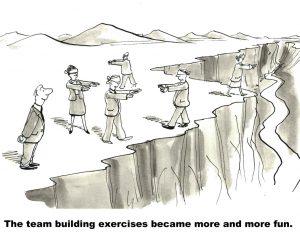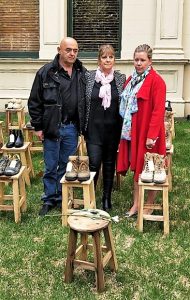 Trust is an essential element of effective business management, as relevant to consultation over occupational health and safety (OHS) matters as it between a business and its clients. Increasingly there is discussion about a “social licence” or a “social licence to operate” in relation to OHS. In many ways this is a response to the perceived heartlessness of neoliberal economics and social interactions, a response that the OHS profession needs to seriously examine.
Trust is an essential element of effective business management, as relevant to consultation over occupational health and safety (OHS) matters as it between a business and its clients. Increasingly there is discussion about a “social licence” or a “social licence to operate” in relation to OHS. In many ways this is a response to the perceived heartlessness of neoliberal economics and social interactions, a response that the OHS profession needs to seriously examine.
In November 2017, New Zealand company





